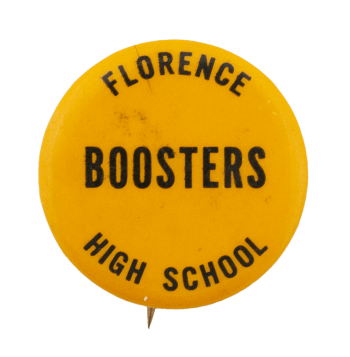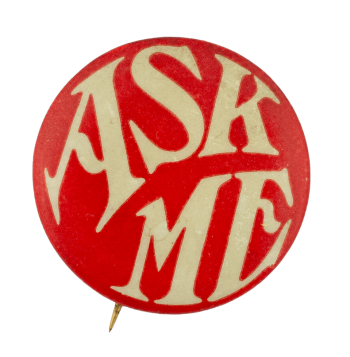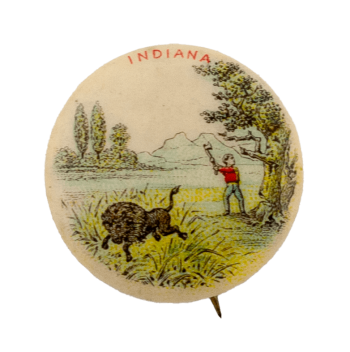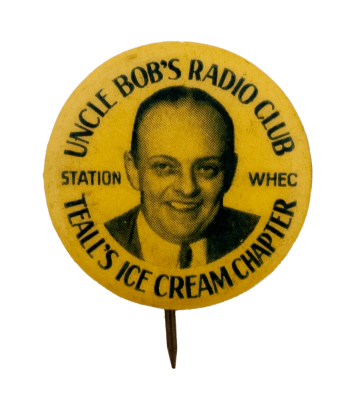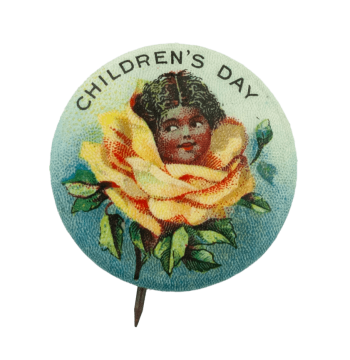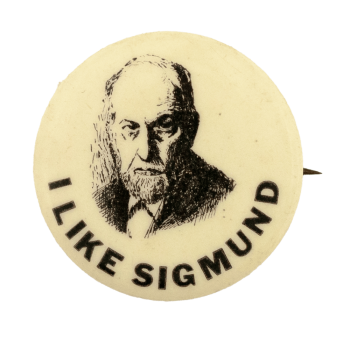Scrap Iron & Junk Handlers Union Local 20467
| Category | |
|---|---|
| Additional Images | |
| Sub Categories | |
| Text on Button | SCRAP IRON & JUNK HANDLERS A.F. OF L. JUNE 1939 UNION LOCAL 20467 |
| Image Description | Dark blue and teal text, and illustrations of a wheelbarrow filled with junk, a large iron appliance, and a hand truck on an off-white background in the center; teal with off-white text on the top and bottom |
| Back Paper / Back Info |
GERAGHTY & COMPANY |
| Back Style | |
| The Shape | |
| The Size | |
| Year / Decade Made | |
| The Manufacturer | |
| Additional Information | Scrap Iron and Junk Handlers Union Local 20467 was a workers union based in Chicago. In 1957, the union changed its name to the Waste Materials Handlers Union Local 20467. This union is best known as having once employed Jack Ruby, the man who shot and killed Lee Harvey Oswald, the suspected killer in the assassination of John F. Kennedy. |
| Sources |
Jack L. Ruby; Lee Harvey Oswald- Victim (1964, June 9). United States Department of Justice. http://jfk.hood.edu/Collection/FBI%20Records%20Images/44-24016%20Serial…; |
| Catalog ID | CL0713 |



